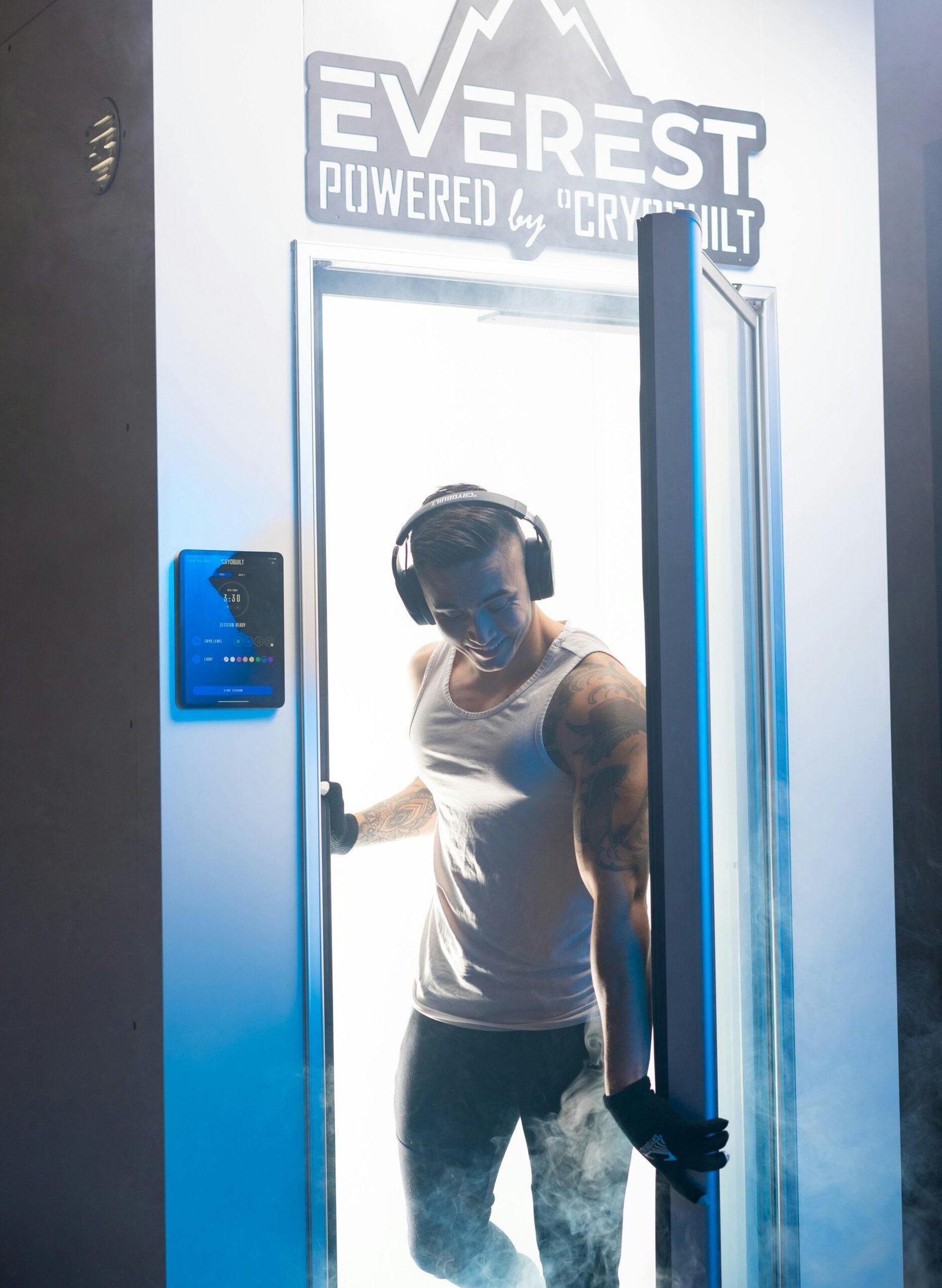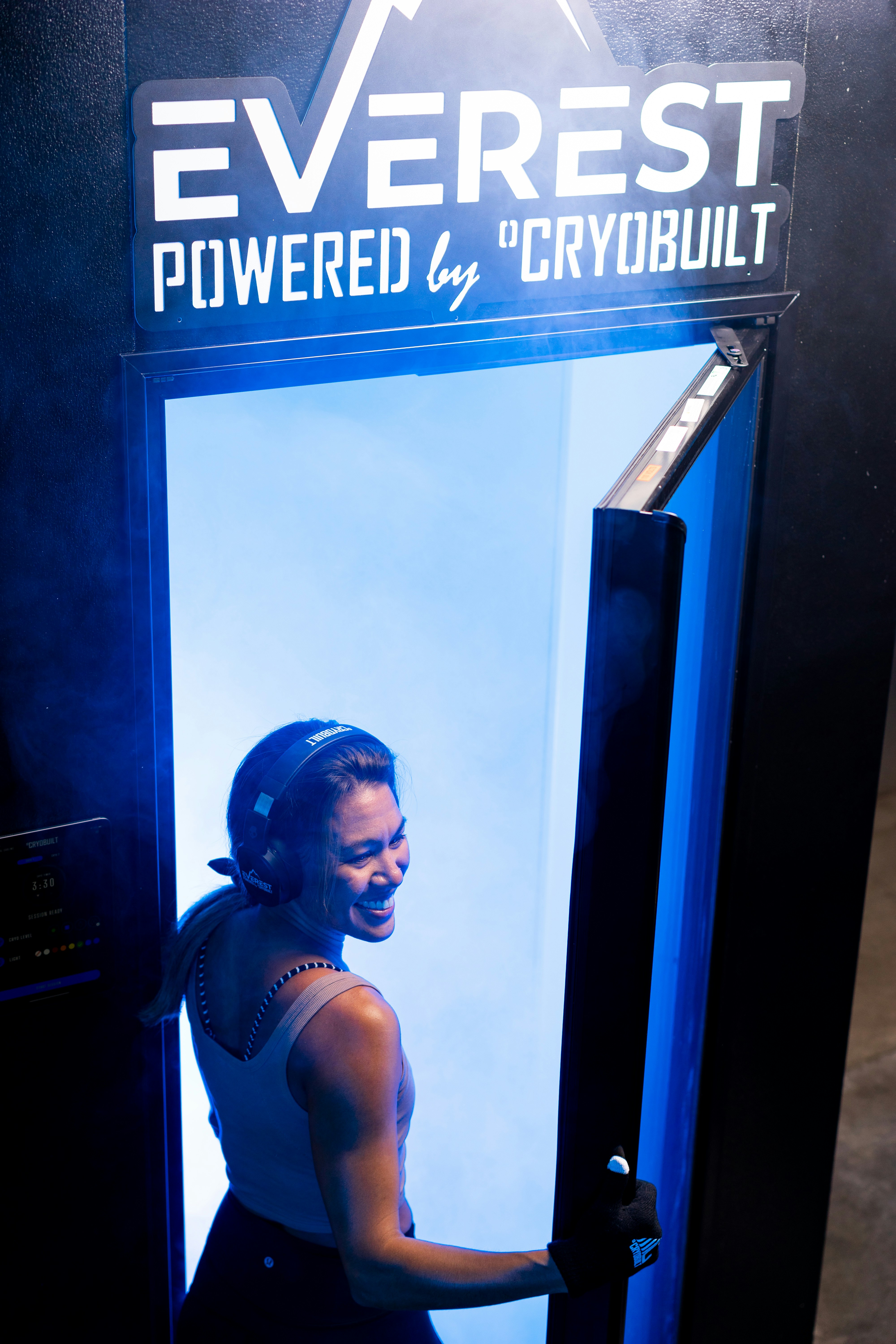Have you ever wondered how something as simple as temperature can influence your mental health? It’s fascinating to think about how different therapies and approaches are constantly emerging to help us manage conditions like depression. One such method that’s gaining attention is cold therapy. You might know cold therapy from treatments like ice baths or cryotherapy, but did you know it might play a role in alleviating symptoms of depression too?
Understanding Depression
Before diving into cold therapy, it’s important to understand what depression is. Depression is more than occasional sadness or a bad day. It’s a mood disorder with persistent feelings of sadness and loss of interest. Depression affects how you feel, think, and handle daily activities. It can be chronic, lasting for weeks, months, or even years, and can interfere with everyday life. Various factors can cause depression, including genetics, biological changes, environmental factors, and psychological challenges. Understanding depression’s complexity can lead us to explore diverse treatment options, including intriguing methods like cold therapy.
Traditional Treatments for Depression
Conventional treatment options for depression typically include medication, therapy, or a combination of both. Antidepressants help to balance neurotransmitters in your brain that affect mood and emotions, while therapy, such as cognitive-behavioral therapy (CBT), can equip you with strategies to address negative thought patterns. While these treatments can be effective for many, they don’t always work for everyone, and side effects or slow response times can be barriers. This has led some to explore alternative options to find relief from depression symptoms.
What is Cold Therapy?
Cold therapy, often referred to by terms like cryotherapy or ice therapy, involves exposing the body to extremely cold temperatures for short periods of time. This exposure is believed to bring about various health benefits. Originally used in sports medicine for injury recovery, cold therapy is now being examined for its potential mental health benefits. It includes methods such as cryotherapy chambers, cold water immersion, or ice packs.
The Evolution from Physical Health to Mental Well-being
For years, athletes have utilized cold therapy for its physical benefits, such as reducing inflammation and speeding up muscle recovery. The idea of extending these physiological effects to mental health is both innovative and promising. Essentially, what started as a means to manage physical ailments might be a new path in managing mental health challenges, influencing aspects like mood and emotional resilience.
How Cold Therapy Could Affect Depression
So, how exactly does cold therapy work in treating depression? Theories suggest that exposing the body to cold may influence your brain chemistry, leading to an improvement in mood and a decrease in symptoms of depression. The exposure is believed to induce endorphin release, reduce stress hormones, and improve sleep, which are factors intricately linked to mental health states.
Endorphin Release and Mood Improvement
You’ve probably heard of endorphins, those neurotransmitters responsible for the feel-good rush after exercise. Cold therapy may stimulate endorphin production, boosting your mood and creating an overall sense of well-being. Think of it as nature’s way of coaxing your body into a state of happiness.
Reduction in Stress Hormones
Prolonged exposure to stress hormones like cortisol can significantly impact mental health, exacerbating conditions like depression. Cold therapy might help in lowering these stress hormone levels. Implementing cold exposure in your routine could assist in soothing both your body and mind, potentially easing the symptoms of depression through stress reduction.
Improved Sleep Patterns
Sleep and mental health are often intertwined. Poor sleep can worsen depression, while depression can disrupt your sleep cycle. Cold therapy’s potential to regulate body temperature and its effect on neurotransmitters might improve sleep quality, aiding those struggling with depression-related insomnia.
Scientific Evidence Supporting Cold Therapy for Depression
As with any emerging treatment, scientific inquiry is crucial. While cold therapy shows potential, more research is needed to firmly establish its effectiveness in treating depression. However, preliminary studies and anecdotal evidence offer intriguing insights.
Case Studies and Research Findings
Several case studies have documented the effects of cold exposure on mental health, often reporting mood enhancement and reduced depression symptoms. Some research suggests regular cold showers or brief periods in cryotherapy chambers may contribute positively to mental well-being.
| Study Type | Findings |
|---|---|
| Experimental Studies | Improved mood, reduced pain |
| Case Studies | Endorphin release, stress relief |
| Anecdotal Evidence | Enhanced energy, mood stabilization |
These findings, while promising, highlight the need for more extensive, controlled studies to verify and understand the full scope of cold therapy’s impact on depression.
Exploring Different Types of Cold Therapy
Various forms of cold therapy exist, each with its method of application and potential benefits. Let’s take a closer look at them to understand how you might integrate cold therapy into your routine.
Cryotherapy Chambers
Cryotherapy involves subjecting your body to subzero temperatures for a few minutes. Typically experienced in a chamber or a tank filled with frigid air, whole-body cryotherapy is considered most effective when done regularly.
Cold Water Immersion
Imagine yourself plunging into a tub of icy water—invigorating, right? Cold water immersion usually involves dipping into a cold bath or shower. It’s more accessible and can be done without special equipment.
Ice Packs and Localized Cold Therapy
For those cautious about whole-body exposure, applying ice packs or cold compresses to specific areas might offer target benefits. This localized treatment is a gentler introduction to cold therapy and can be a stepping stone for more comprehensive exposure.
Integrating Cold Therapy into Daily Life
If you’re considering adding cold therapy to your wellness regimen, it’s important to approach with care. Start slow, listen to your body, and consult with healthcare professionals if you have underlying conditions or concerns.
Tips for Beginners
- Start Small: Begin with short, manageable exposures like cold showers.
- Be Consistent: Like any practice, regularity can optimize benefits.
- Pay Attention to Your Body: Monitor your body’s reactions, modifying intensity or frequency as needed.
Safety Precautions
- Consult with Professionals: Especially if you have cardiovascular issues or other health conditions.
- Monitor Temperature and Duration: Avoid prolonged exposure to extreme cold to prevent adverse effects.
- Watch for Extremes: Ensure you’re comfortably adapting to the cold, avoiding discomfort or risks.

The Future of Cold Therapy in Mental Health Treatments
As interest grows, the future of cold therapy in addressing mental health issues such as depression appears bright. Pioneering research is paving the way for broader acceptance among healthcare providers.
Potential Challenges and Considerations
Embracing cold therapy for depression treatment includes understanding any potential drawbacks. Accessibility, personal tolerance to cold, and the lack of extensive conclusive studies may present challenges. However, as interest and research grow, these hurdles can be addressed.
Positive Outlook and Innovation
Treatment innovations are expanding how we perceive and manage mental health. By incorporating alternative methods like cold therapy, the scope of holistic healing broadens, offering hope for those who may not respond fully to traditional treatments.
Conclusion
While cold therapy is not yet a mainstream treatment for depression, it’s an intriguing area of study that highlights the body’s interconnectedness. By targeting physical and psychological elements, cold therapy might support more comprehensive approaches to managing depression. If you’re curious about cold therapy, consider exploring it as a complementary option rather than a substitute for traditional treatments. Remember to prioritize your safety and consult with healthcare professionals during this journey toward improved well-being.





